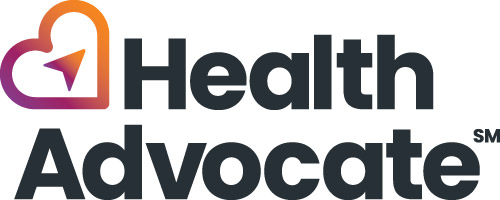
Caregiving Is a Workplace Issue — And Employers Must Act Now
By Keri Robertson Fuenzalida, DO and Molly Minnick, RN, CCM, CDP
As clinical professionals, we’ve seen firsthand how caregiving responsibilities, particularly for aging loved ones with Alzheimer’s or dementia, impact not just families, but entire workplaces. It’s a quiet crisis unfolding in offices and on video calls across the country.
More than 1 in 4 adults in the U.S. are caregivers, and most are juggling work at the same time. Many are navigating the emotional, logistical, and financial complexities of caring for a loved one with Alzheimer’s or dementia.
The impact?
- 61% of caregivers are employed
- $33B+ lost annually in productivity
- 23% say their own health is suffering
In our recent webinar, Understanding Alzheimer’s and Dementia: What employers need to know to support caregivers, we explored how employers can build inclusive cultures that support caregivers across all levels of the organization.
At Health Advocate, we believe caregiving support should be a core part of any workplace benefit strategy. Through our Generations program, employees caring for aging adults receive one-on-one guidance from a dedicated Nurse Coach and team of experts who help manage the complexity of care—from understanding Medicare, to coordinating long-term support, to providing emotional counseling and financial guidance.
Early intervention is key. By raising awareness of the early signs of Alzheimer’s and encouraging open, stigma-free conversations about caregiving, employers can play a vital role in helping employees recognize symptoms, seek support sooner, and feel less alone.
When we support caregivers, we’re not just helping individuals—we’re investing in the health, resilience, and productivity of our entire workforce.
Because when we care for caregivers, we strengthen our entire workforce.
Learn more about our Generations Aging Adult & Caregiver Support Program. To view a replay of our recent webinar on this topic, click here.

